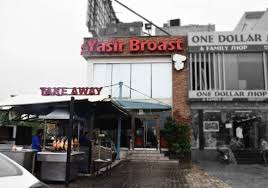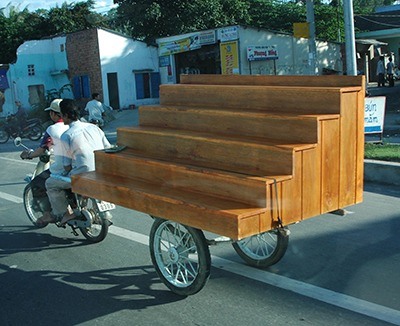by Ethan Seavey

On the Praza do Obradoira a young man falls to his knees and cries into his palms. I feel the sharp corners of the rocks dig into his aching knees. He can’t be older than 30 and at the sight of him I feel infantilized, because I am immature in passion and devotion. I could be filled with the feelings that bring him to tears right now but I am immature.
He is a modern-day pilgrim. He wears a large green backpack and his face is unshaven. His blonde hair is messy and his clothes are dirty. His father, standing behind him to the right, and his mother, to his left, are pilgrims too and match this description. But they are not on their knees and he is on his knees.
He has been walking for over thirty days, over ten miles each day, to complete the Camino de Santiago, or the way of Saint-James. And now he is prostrate before this, the revered Santiago de Compostela. Now his vision is spotted with tears which blend and blur the sharp stone lines;
he sees a watercolor of the Cathedral.
He looks up at it, his destination. I’m already inside, looking out on the square. I imagine the Cathedral from his eyes. The Baroque facade raises powerfully into the sky. It is intricate to the point of complication and confusion. You can really only focus on a small section at any given moment. The town is small but many villagers walk through the square around you. Some hug you and some cheer for you and some pray over you.
I don’t know what faith is but I find it beautiful from the exterior. Read more »

 A few tall, dreamy-eyed Sikh men were on my plane to Lahore.
A few tall, dreamy-eyed Sikh men were on my plane to Lahore. 
